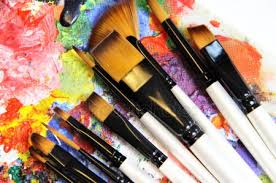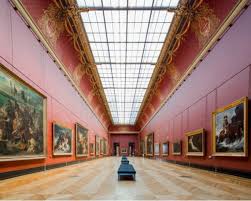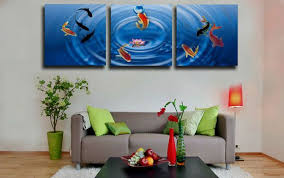reinterpreted
STYLES AND DIRECTIONS IN THE FINE ART (part 2)
 Classicism – an artistic style in Western European art of the XVII – beginning. XIX century and in the Russian XVIII – early. XIX, referring to the ancient heritage as an ideal for imitation. It manifested itself in architecture, sculpture, painting, arts and crafts. Classic artists considered antiquity the highest achievement and made it their standard in art, which they sought to imitate. Over time, degenerated into academicism.
Classicism – an artistic style in Western European art of the XVII – beginning. XIX century and in the Russian XVIII – early. XIX, referring to the ancient heritage as an ideal for imitation. It manifested itself in architecture, sculpture, painting, arts and crafts. Classic artists considered antiquity the highest achievement and made it their standard in art, which they sought to imitate. Over time, degenerated into academicism.
Romanticism Romanticism is a trend in European and Russian art of the 1820-1830s that replaced classicism. Romantics highlighted individuality, contrasting the idealistic beauty of the classicists with “imperfect” reality. Artists were attracted by bright, rare, extraordinary phenomena, as well as images of a fantastic nature. In the art of romanticism, a sharp role is played by keen individual perception and experience. Continue reading




